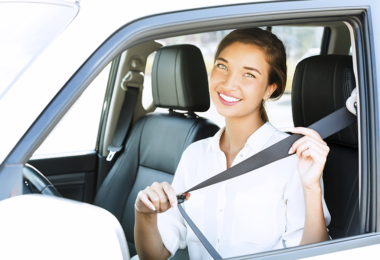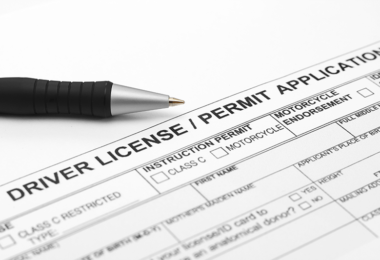Home / Modules / Components / 50+ supervised hours of practice & log book requirements / Implementation activities
Implementation activities
- Gather data on the numbers of beginning drivers in the state aged 16 and 17 on a learner permit to have a better understanding about the size of the teen population and the numbers of parents that might be affected by an increase in the number of supervised practice driving hours.
- Determine if there is any indication of increases in teen crashes age 16 to 17 compared to those of older age groups at the state or local level and use this information in communications about the importance of learners gaining more experience through increased hours of supervised driving practice to address this issue.
- Survey parents and teens to determine their opinions on requiring more than 50 hours of supervised driving practice using a log book and any perceived benefits (e.g., fewer crashes, more experienced) and potential disadvantages (e.g., inconvenience).
- Anticipate and address concerns parents may have, for example as expressed in surveys, regarding the extra burden that more supervised driving practice hours may have on their time. In this regard, emphasize the fact that parents of teenagers when surveyed are highly supportive of expanding the number of hours of supervised driving prior to licensure. In a national survey of parents, a majority (60% or 3 out of 5) supported more than 50 hours, and 40% (2 out of 5) wanted 100 or more hours.4
- Consider the advantages and disadvantages of proposing a package of young driver policies because increases in supervised hours and log book requirements are often easily combined in policy and pursued in conjunction with a 12-month learner period. To this end, a greater number of hours can more readily be achieved during a 12-month period.
- Determine the level of support for this measure among stakeholders in the state and ensure they are fully informed about the benefits of more practice driving hours and the use of a log book. Respondents of the environmental scan of state agency staff responsible for teen driving laws were strongly supportive of both log books and more than 50 hours of supervised driving.5
- Consult with persons involved in the passage of state legislation for more practice driving hours to gain insights regarding how these outcomes were achieved, what opposition typically argued and ways that any opposing views were overcome. Notably, three of the states requiring more than 50 hours instituted this policy recently (Pennsylvania in late 2011, North Carolina in 2012, Maine in late 2013).
- Review log books used in other states and identify features that would best meet the needs for supervised driving practice in your state. Note that a log could consist of a print version, or hours could be compiled electronically which would provide an accurate count of the number of practice hours as well as help to inform parents of the supervised hours rules. At a minimum, a logbook should include for each practice drive: the date and time, the skill(s) being observed (practiced), the amount of time, weather conditions, road type, supervised initials and comments. The majority of states require that some number of practice hours (usually 10) take place at night. This makes sense in that it provides opportunity for supervised practice under more challenging conditions, although the effects of this policy are unknown. The log book should also record total hours, driver’s name and driver license number, and parent or legal guardian’s signature certifying that the driver has completed the state requirements for supervised driving practice. The completed log book should be presented at the time of the road test and submitted with the application for the provisional license.
- Ensure that the new hours of supervised driving practice and the log book requirement are well-publicized. North Carolina has recently introduced a log book requirement but without much publicity. If laws are unknown to many to whom they apply their impact will be limited.





